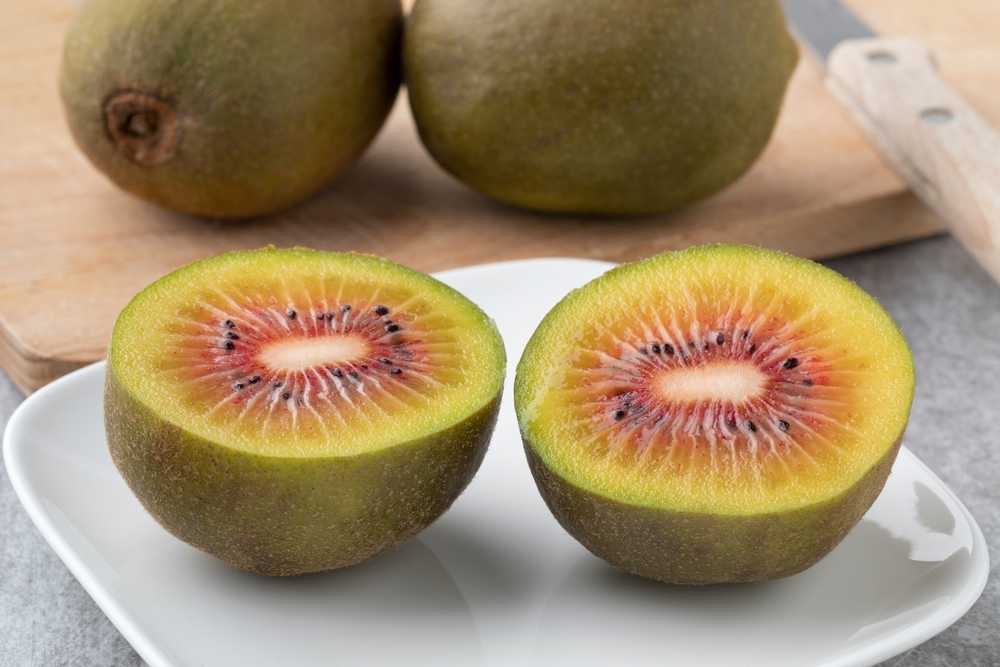Exploring the Distinct Characteristics and Remarkable Biology of Kiwi: A Comprehensive Research
Welcome to the fascinating world of kiwi! In this extensive research, we will take you on a trip to discover the unique characteristics and biology of these fascinating birds. From their physical attributes to their feeding habits and reproductive actions, we will explore every aspect of their lives. Prepare to be impressed as we reveal how kiwis have actually adapted to their flightless existence and discover their eco-friendly importance. Prepare yourself to dive deep right into the captivating globe of kiwi!
Physical Attributes
What are the physical features of a kiwi bird? The kiwi bird is a small, flightless bird native to New Zealand. One of the most distinct attributes of the kiwi bird is its lengthy, slender costs.
The kiwi bird has a special quill, with soft, hair-like plumes that look like hair. These feathers are generally brownish or gray in color, aiding the bird mix in with its forested habitat. Unlike a lot of birds, the kiwi has small wings that are hidden under its feathers and are not functional for flying. Instead, it depends on its strong legs and powerful claws for wheelchair.
An additional intriguing physical feature of the kiwi bird is its nostrils situated at the suggestion of its expense. This adjustment enables them to seek worms and pests, their main resource of food, in the fallen leave trash on the woodland floor (what do kiwis taste like). In addition, the kiwi bird has large, round eyes that are adjusted for low-light problems, as they are mostly nocturnal
Feeding Behaviors
To recognize the feeding routines of the kiwi bird, you need to observe its foraging actions and dietary preferences. These birds utilize their solid sense of smell to spot prey concealed underneath the surface, and after that utilize their costs to extract it.
In addition to insects, kiwis additionally take in berries, seeds, and fruits. Kiwis have actually been observed feeding on a broad selection of plant varieties, showing their flexibility to various food resources.
Surprisingly, kiwis do not have a plant, which is a specific part of the gastrointestinal system located in several birds. Rather, their food passes directly from the esophagus to the belly. This may be a result of their unique evolutionary background and eco-friendly niche.
Reproduction and Reproduction
Now allow's delve into the fascinating globe of kiwi reproduction and breeding, structure upon our previous expedition of their unique feeding practices. They are virginal birds, indicating they create long-term sets.
Throughout this time, the women kiwi will lay one to two eggs, which are uncommonly huge compared to the bird's body dimension. Kiwi eggs are the biggest of any type of bird in percentage to body weight.
Once the chicks hatch out, they are born able and completely feathery to see (what do kiwis taste like). They are additionally fairly precocious, meaning they are able to deal with themselves fairly promptly. However, also after the chicks have actually hatched, the parents remain to supply care and protection for them until they are completely independent, which can take several months.

Adaptations to Flightless Existence
As a flightless bird, the kiwi has undergone link several adjustments to its makeup and actions that allow it to thrive in its special atmosphere. Unlike various other birds, kiwis have little, vestigial wings that are virtually worthless for flying.
Another adjustment that kiwis have actually created is their strong legs and feet. The kiwi's legs are positioned and muscle far back on its see this website body, offering it with a low facility of gravity and optimal equilibrium.
In order to survive without the capability to fly, kiwis have likewise established a keen feeling of scent. Their lengthy, slim beaks house extremely sensitive nostrils, allowing them to spot pests and worms below the woodland floor. This exceptional adaptation assists kiwis locate food resources and keep a balanced diet regimen.
Ecological Significance
The eco-friendly importance of kiwi lies in their duty as key seed dispersers in their native environment. As they move with the woodland flooring, kiwi forage for bugs, worms, and a selection of plants. In the process, they take in berries and fruits, which include seeds. These seeds after that travel through the kiwi's gastrointestinal system unscathed and are later distributed with their feces. This one-of-a-kind process helps in the natural regrowth of woodlands.
The kiwi's capability to spread seeds is important for keeping the biodiversity and equilibrium of their ecosystem. By spreading seeds across different locations, they add to the development and wealth of numerous plant types. In turn, these plants provide food and sanctuary for other pets, creating a web of interdependencies within the environment.
In addition, kiwi play an essential duty in regulating the populace of specific plant species (what do kiwis taste like). Some plants produce an excessive number of seeds, which can lead to congestion and minimal sources for various other plants. By eating and spreading these seeds, kiwi assistance control the growth of such plants, making certain a much healthier and extra varied ecological community
The environmental value of kiwi prolongs beyond their role as seed dispersers. Their burrowing actions additionally adds to soil aeration and nutrient recycling, boosting the general health and wellness of the forest floor. In addition, their feeding routines can important source assist regulate insect populaces, minimizing the threat of parasite break outs that could damage plant life.
Final Thought
To conclude, exploring the one-of-a-kind features and interesting biology of kiwi reveals its physical features, feeding routines, reproduction and reproducing patterns, in addition to its adaptations to a flightless existence. With its distinguishing characteristics and eco-friendly significance, the kiwi works as a remarkable example of nature's diversity and adjustment. By recognizing and valuing the kiwi's role in its community, we can further advertise conservation initiatives to ensure the preservation of this remarkable types for future generations.
